Dual Input Waterflow, Supervisory Module FX-IDCWS
Dual Input Waterflow, Supervisory Module FX-IDCWS ⭐
✅ Kidde intelligent modules are engineered to deliver high-performance features, superb reliability ⭐
✅ and unbeatable quality. control of ancillary equipment, to enhanced signaling functionality, these products add flexibility and powerful options to Kidde intelligent systems
- Designed expressly for small buildings, Kidde modules are addressable devices that are uniquely identified on the system by means of familiar rotary switches. Once registered, they share data and status information that determines how the system behaves and how connected devices interact with one another.
- Unique to Kidde modules is ground fault detection so precise that it actually pinpoints the specific module where the wiring problem has occurred. This saves hours of troubleshooting and wire tracing. And only Kidde provides this important feature!
- The Kidde family of intelligent modules also offers contractors and installers simple setup and installation, while delivering options that take full advantage of intelligent fire alarm processing. With a microprocessor in each device, intelligence is distributed throughout the system so that command decisions are made instantly at the individual module, rather than bottlenecking at the control panel.
- This not only speeds event processing, it also makes a more robust and reliable system – so robust, in fact, that when upgrading a conventional panel to a Kidde intelligent system, you can usually use existing wiring – no twisted or shielded cable required!
Standard Features
• Class A-B Two-Wire Module
- Acts as an interface between conventional two-wire smoke detectors and the Kidde control panel.
• Analog Class A Single Input Module
- Used to connect a normally open, alarm, supervisory, or monitor type dry contact initiating device circuit to the Kidde control panel.
• Analog Dual Input Module
- Connects two normally open, alarm, supervisory, or monitor type dry contact initiating device circuits to the Kidde control panel.
• Analog Dual Input Waterflow, Supervisory Module
- Used to connect normally open waterflow alarm and supervisory initiating device circuits to the Kidde control panel. For Class B circuit operation.
• Analog SLC Fault Isolator Module
- Protects a Class A SLC total collapse due to wire-to-wire short circuits.
• Analog NAC Module
- Connects a supervised output circuit to a signal riser.
• Analog Contact Relay Module
- Provides one Form C dry relay contact and can be configured to provide polarity reversal of its output.
• Analog Single Input Mini Module
- Connects a normally open, alarm, supervisory, or monitor type dry contact initiating device circuit (IDC) to the Kidde control panel. For Class B circuit operation.
Installation
.png)
Mount in a North American 4 inch square x 2-1/2 in. (64 mm) deep 2 gang box or a standard 4 in. square box 1-1/2 in. (38 mm) deep
Dual Input Waterflow, Supervisory Module FX-IDCWS
- The FX-IDCWS connects normally open waterflow alarm and supervisory initiating device circuits (IDCs) to the Kidde control panel.
- The FX-IDCWS is designed for Class B circuit operation.
- The device address is set using the two rotary switches located on the front of the module. Two consecutive addresses are required. The second address is automatically assigned one number higher that the value set on the rotary switches. The FX-IDCWS can operate in the following modes:
Waterflow
• Alarm latching delayed: Configures the module for use with only nonretarded waterflow alarm switches. When the NO input contact of an initiating device is closed, an alarm is sent to the control panel, which after a 16 second time delay, generates an alarm signal.
Supervisory
• Supervisory active nonlatching US marketplace
• Supervisory active latching Canadian marketplace
• Nonlatching: Configures the module for normally open dry contact initiating devices. When the NO input contact of an initiating device is closed, a supervisory signal is sent to the control panel and the supervisory condition is not latched at the module.
• Latching: Configures the module for normally open dry contact initiating devices. When the NO input contact of an initiating device is closed, a supervisory signal is sent to the control panel and the supervisory condition is not latched at the module.
.png)
| Communication line voltage | Maximum 20 V peak-to-peak |
| Current | |
|
Standby Activated |
550 μA 725μA |
| Ground fault impedance | 10 k ohm |
| Operating environment | |
|
Temperature Humidity |
32 to 120°F (0 to 49°C) 0 to 93% RH |
| Storage temperature range | –4 to 140°F (–20 to 60°C) |
| Compatible electrical boxes | North American 4 inch square x 2-1/2 in. (64 mm) deep 2 gang box Standard 4 in. square box 1-1/2 in. (38 mm) deep |
| Wire size | 12, 14, 16, or 18 AWG wire (2.5, 1.5, 1.0, or 0.75 sq. mm) (Sizes 16 and 18 AWG are preferred) |
| Device address |
01 to 63 (64 point control panel) 01 to 126 (1000 point control panel) |
| Initiating device circuit (IDC) | |
|
EOL resistor value Max. circuit resistance Max. circuit capacitance |
47 kΩ, (P/N: EOL-47) 50 Ω (25 Ω per wire) 0.1 μF |
Ordering Information
| Model | Description | Ship Weight |
| FX-IDC1A | Analog Class A Single Input Module | 0.50 lbs. (0.23 kg.) |
| FX-IDC1B | Analog Single Input Mini Module | 0.34 lbs. (0.15 kg.) |
| FX-2WIRE | Analog Class A-B Two-Wire Module | 0.50 lbs. (0.23 kg.) |
| FX-IDC2B | Analog Dual Input Module | 0.50 lbs. (0.23 kg.) |
| FX-2IDCWS | Analog Dual Input Waterflow-Supervisory Module | |
| FX-NAC | Analog NAC Module | |
| FX-RLY | Analog Contact Relay Module | |
| FX-ISO | Analog SLC Fault Isolator Module |

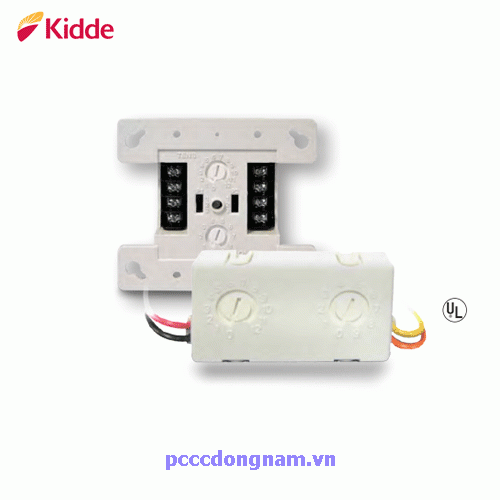
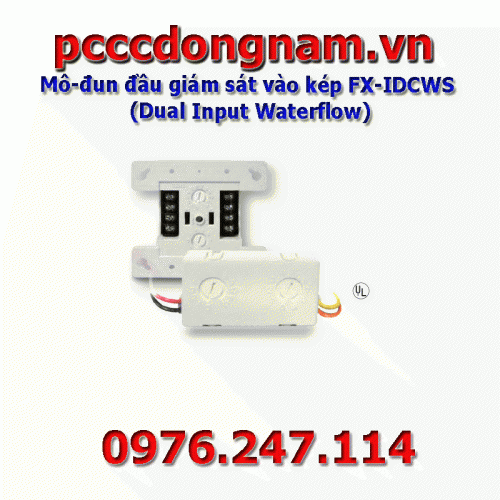


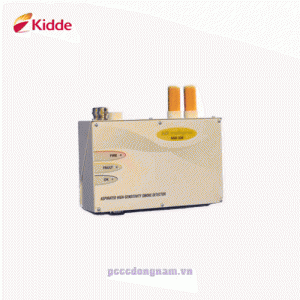
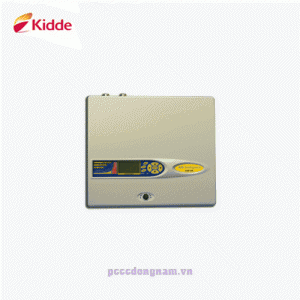
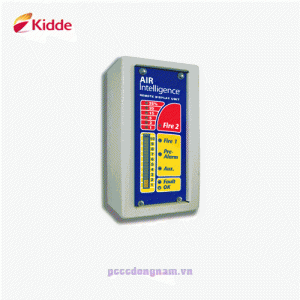
Have 0 comment, evaluate about Dual Input Waterflow, Supervisory Module FX-IDCWS
TVAdministratorsAdministrators